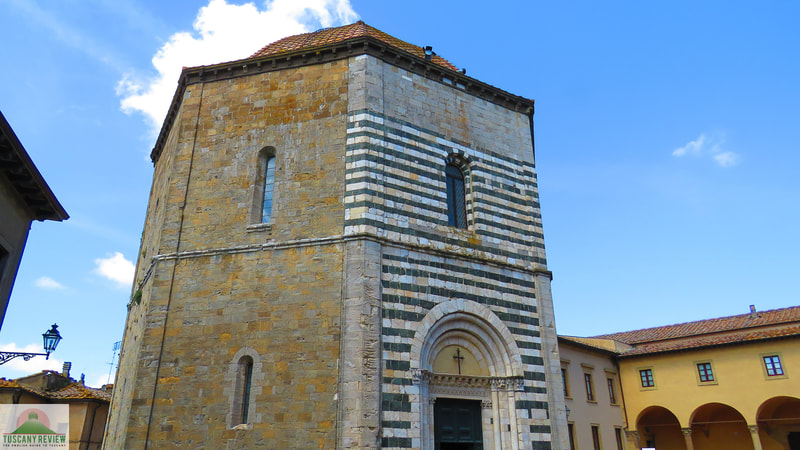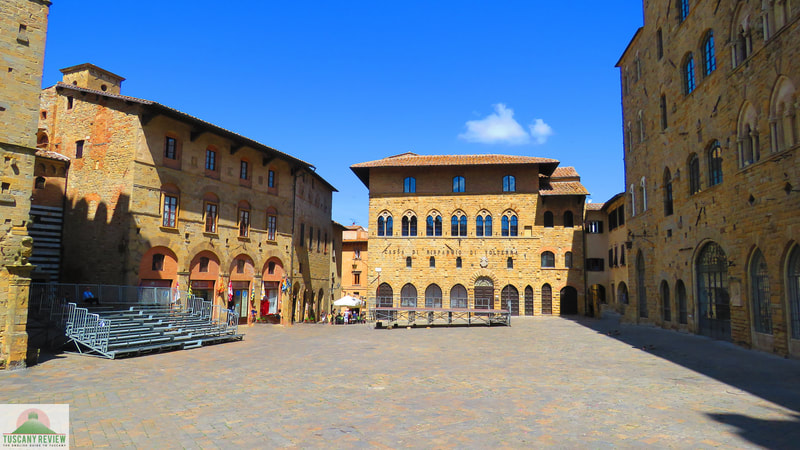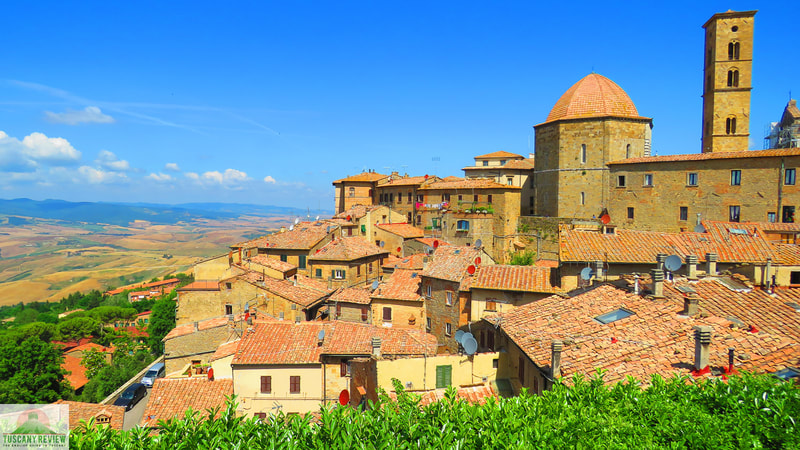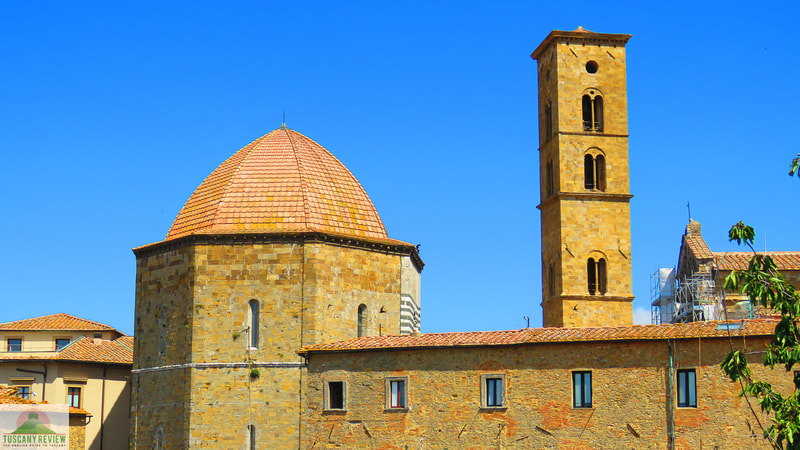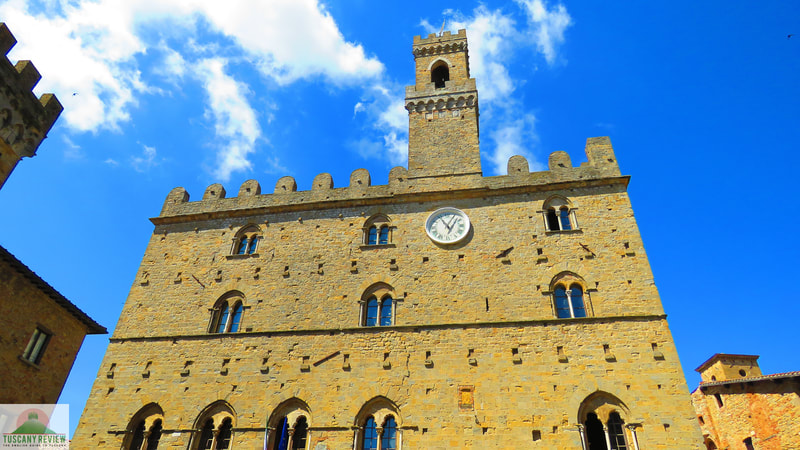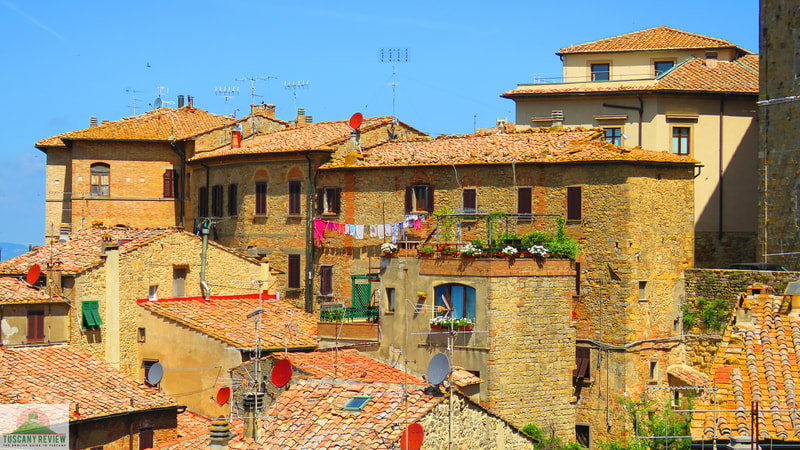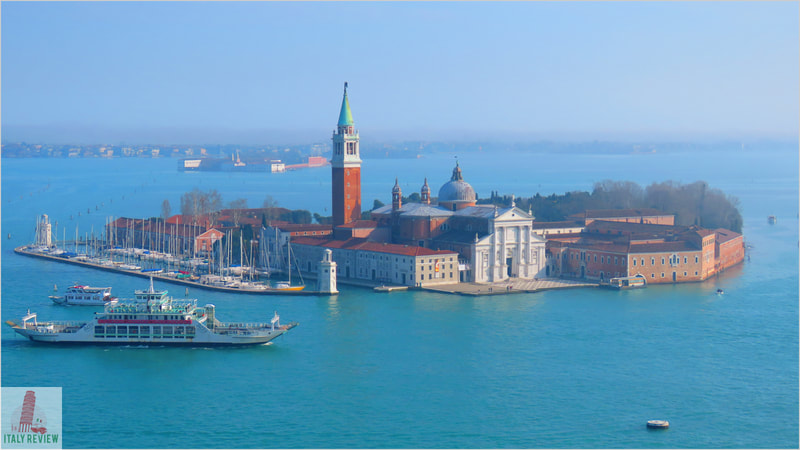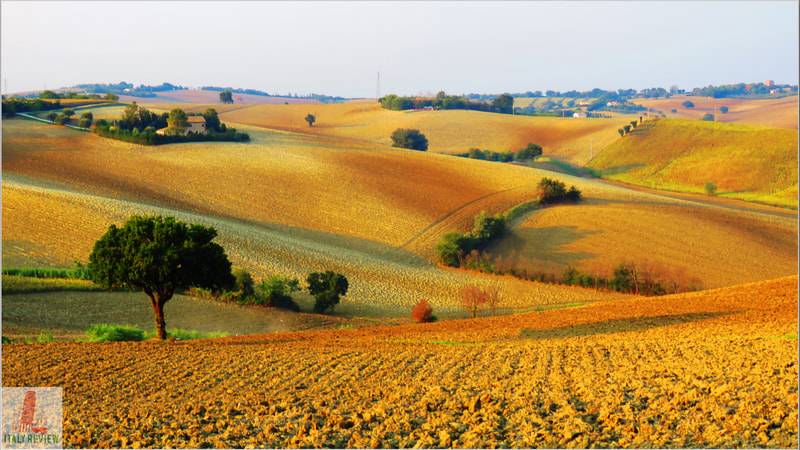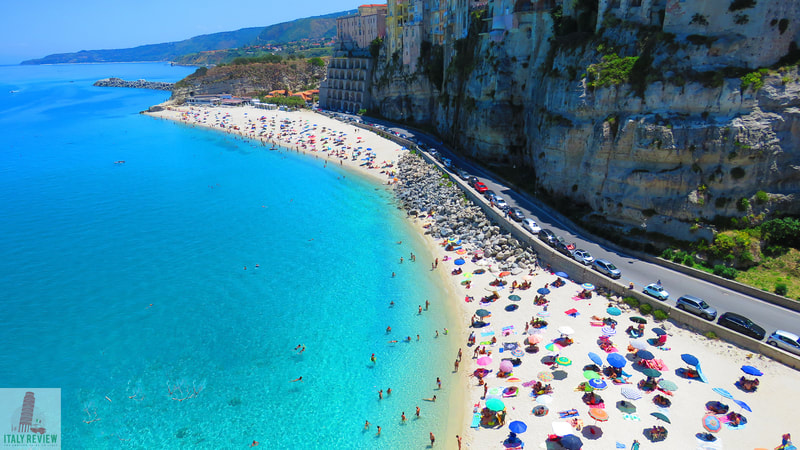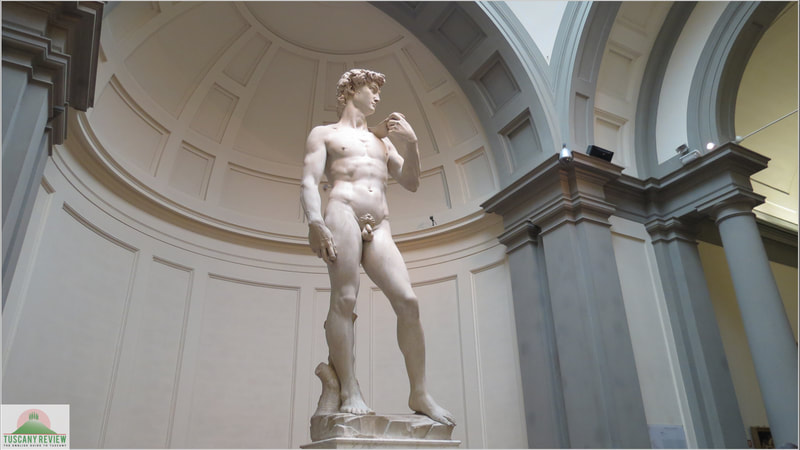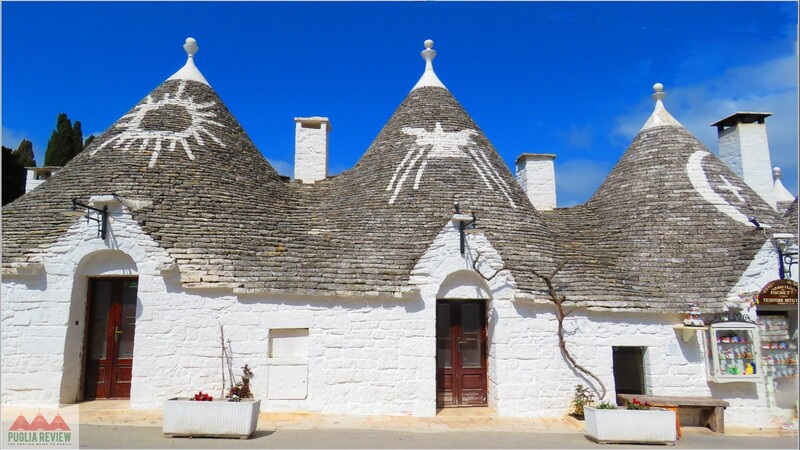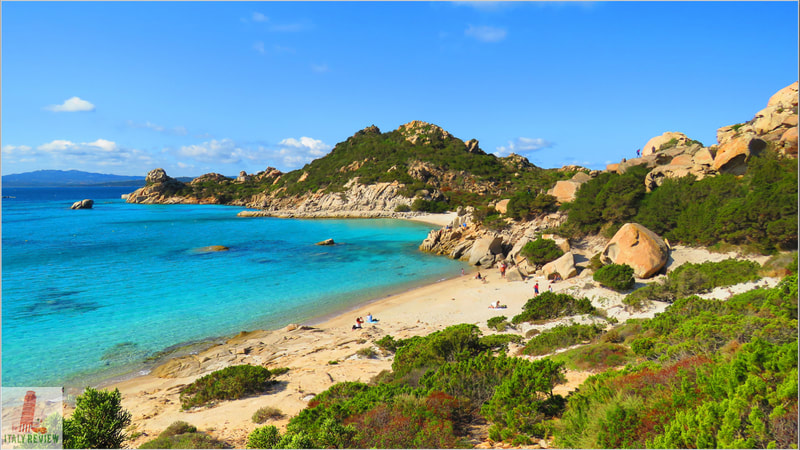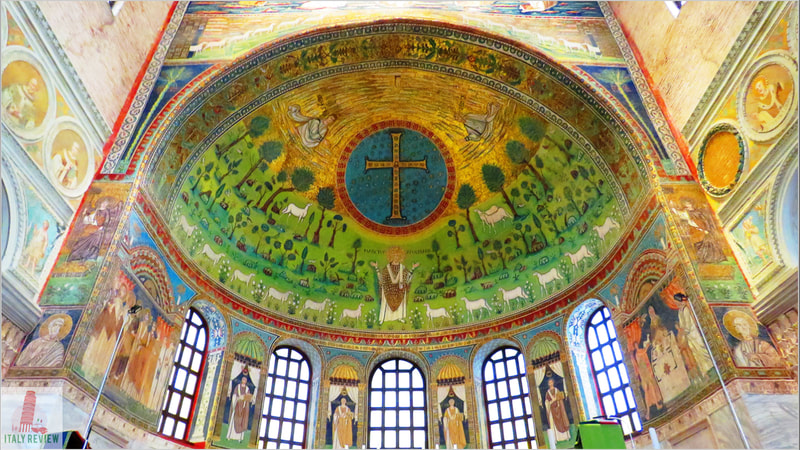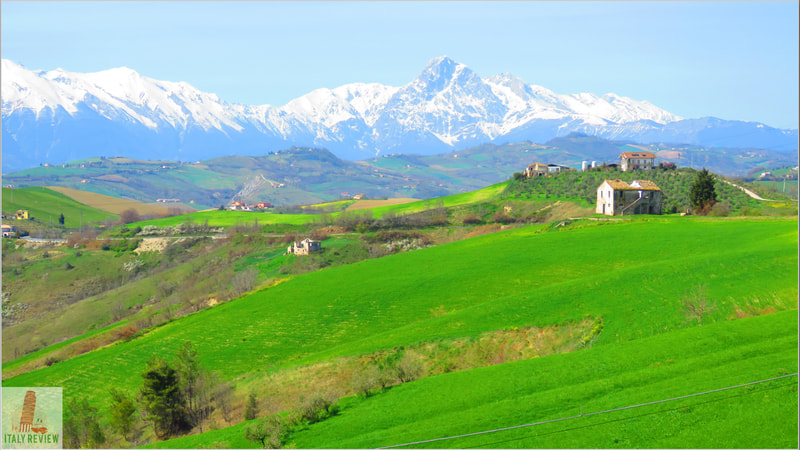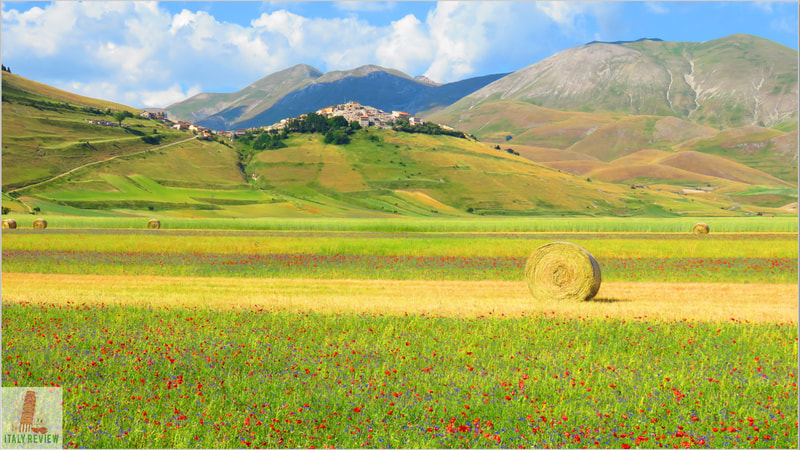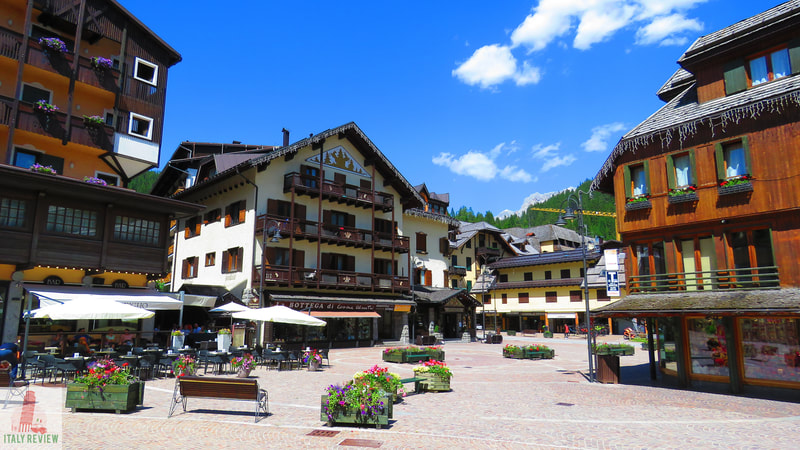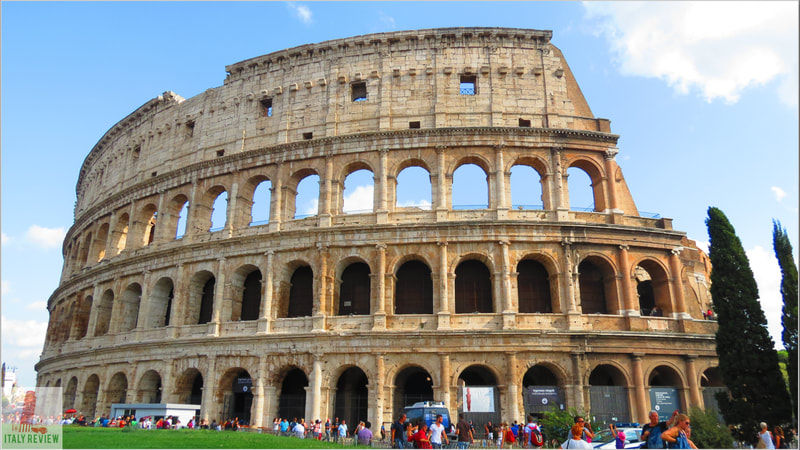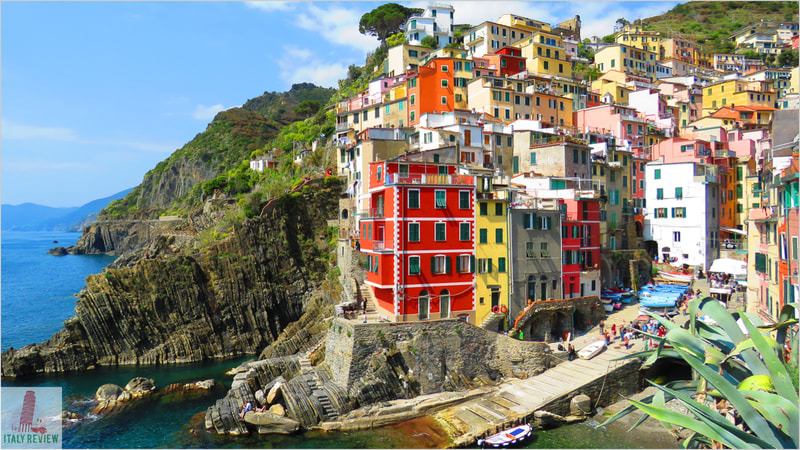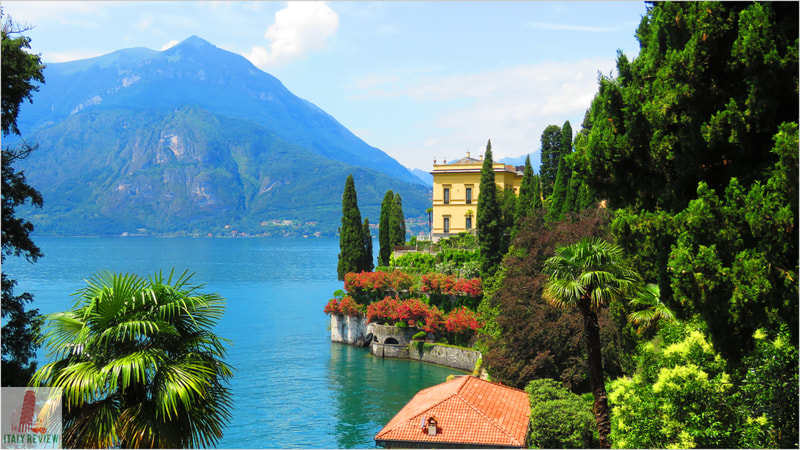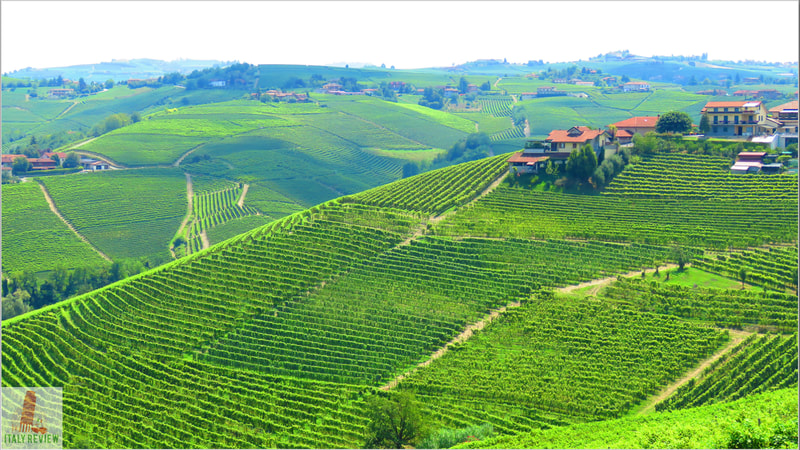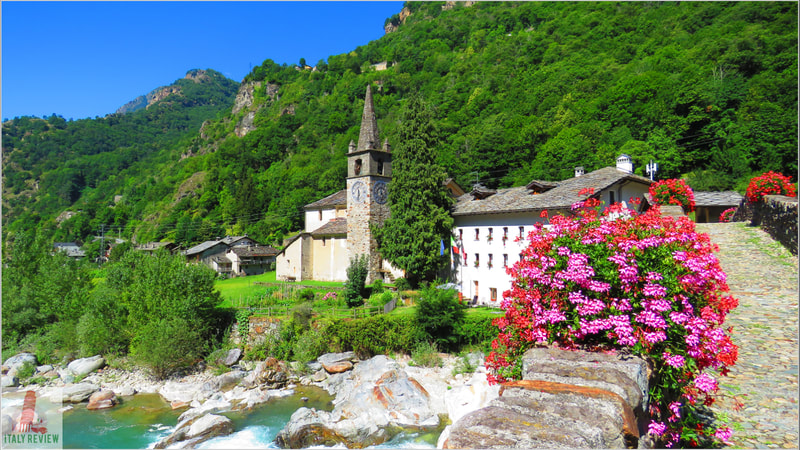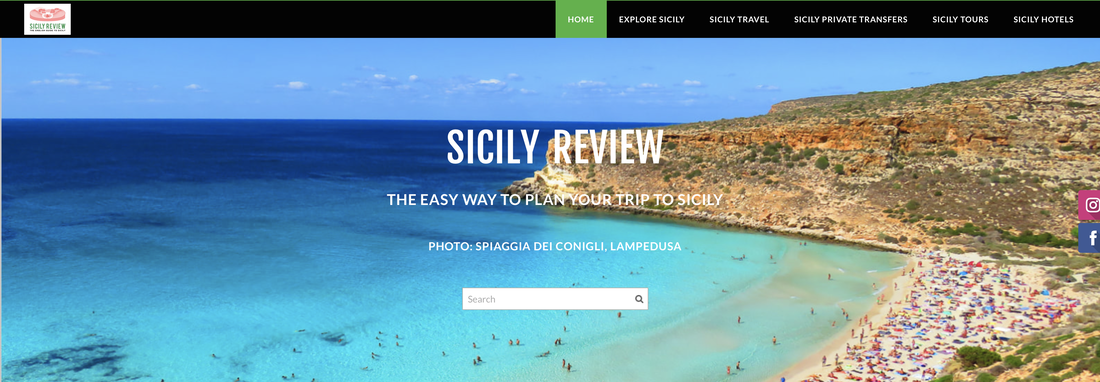Volterra
|
By Dion Protani
|
Latest update: 30 December 2023
|
|
Occupying a lofty perch overlooking some of Tuscany's most breathtaking landscapes, Volterra is a treasure trove of Etruscan history overlaid with some of the region's finest Renaissance architecture.
Approaching Volterra by car you can't fail to be moved by the unique vistas provided by the Val di Cecina's rolling hills; verdant fields of green for most of the year, turned a baked yellow during the summer months. As the road continues its steady climb you're finally met by Volterra's famous Balze cliffs surrounding the city. |
Related links
Volterra's Etruscan Origins
Way back as far as the 8th century BC, the Etruscans formed a settlement at Volterra, attracted by its rich mineral resources. The city's early wealth and prosperity was built partially upon its reserves of alabaster. You don't have to look far to find examples of Volterra's alabaster industry with dozens of shops selling trinkets while the Ecomuseo dell'Alabastro displays the finest wares of the material.
Way back as far as the 8th century BC, the Etruscans formed a settlement at Volterra, attracted by its rich mineral resources. The city's early wealth and prosperity was built partially upon its reserves of alabaster. You don't have to look far to find examples of Volterra's alabaster industry with dozens of shops selling trinkets while the Ecomuseo dell'Alabastro displays the finest wares of the material.
Sightseeing Volterra: around Piazza dei Priori
Wind forward some 2,200 years and you reach the Renaissance period which has left an even larger imprint on Volterra than the Etruscans. The city's jewels of this period centre around the main square Piazza dei Priori with the Palazzo dei Priori its main building.
The 13th century palazzo shares many characteristics with the Palazzo Vecchio in Florence, not least of which is its tower which you can climb to get the very best views of Volterra. Other Renaissance gems include the Volterra Baptistery and the Cathedral opposite which backs on to Piazza dei Priori.
Wind forward some 2,200 years and you reach the Renaissance period which has left an even larger imprint on Volterra than the Etruscans. The city's jewels of this period centre around the main square Piazza dei Priori with the Palazzo dei Priori its main building.
The 13th century palazzo shares many characteristics with the Palazzo Vecchio in Florence, not least of which is its tower which you can climb to get the very best views of Volterra. Other Renaissance gems include the Volterra Baptistery and the Cathedral opposite which backs on to Piazza dei Priori.
Volterra's Museums
For a complete visit to Volterra you need at least a full day as there are a series of fascinating museums to discover. Among the museums are the Museo Diocesano di Arte Sacro, the Pinacoteca e Museo Civico and the Etruscan museum - Museo Etrusco Guarnacci. Also keep an eye out for the Renaissance Palazzo Incontri-Viti with its frescoed rooms.
Throughout Volterra there are nods to ancient history with an Etruscan Arch and a 1st century BC Roman Theatre among the most interesting archaeological sites.
For a complete visit to Volterra you need at least a full day as there are a series of fascinating museums to discover. Among the museums are the Museo Diocesano di Arte Sacro, the Pinacoteca e Museo Civico and the Etruscan museum - Museo Etrusco Guarnacci. Also keep an eye out for the Renaissance Palazzo Incontri-Viti with its frescoed rooms.
Throughout Volterra there are nods to ancient history with an Etruscan Arch and a 1st century BC Roman Theatre among the most interesting archaeological sites.
Volterra and Twilight
Aside from its traditional and historic qualities, Volterra has a modern claim to fame which in recent years has attracted a whole new breed of visitor. The Twilight novels and subsequent films have Volterra as the residence of the fictional "Volturi" vampires and as such, the city plays a central role throughout the saga. The sense of romance and intrigue found in some of Volterra's ancient streets lend themselves perfectly to the saga's atmosphere.
Aside from its traditional and historic qualities, Volterra has a modern claim to fame which in recent years has attracted a whole new breed of visitor. The Twilight novels and subsequent films have Volterra as the residence of the fictional "Volturi" vampires and as such, the city plays a central role throughout the saga. The sense of romance and intrigue found in some of Volterra's ancient streets lend themselves perfectly to the saga's atmosphere.
Volterra Travel
By far the best way to visit Volterra is by car; it's just over an hour's drive from either Pisa or Siena while Tuscany's capital, Florence is around an hour and a half away. If you don't have a car then you can reach Volterra by bus from the town of Colle di Val d'Elsa (45 minutes) or from Pisa in an hour. Train is the least convenient option here with the nearest train station (Saline di Volterra) some nine kilometres away from the centre but nevertheless reachable by bus in around 20 minutes.
By far the best way to visit Volterra is by car; it's just over an hour's drive from either Pisa or Siena while Tuscany's capital, Florence is around an hour and a half away. If you don't have a car then you can reach Volterra by bus from the town of Colle di Val d'Elsa (45 minutes) or from Pisa in an hour. Train is the least convenient option here with the nearest train station (Saline di Volterra) some nine kilometres away from the centre but nevertheless reachable by bus in around 20 minutes.
Comune di Volterra
|
Province: Pisa
Region: Tuscany Population: 9,696 (source: ISTAT 1 January 2023) Total size: 252 km² Elevation: 531 metres Highlights: Palazzo dei Priori, Volterra Cathedral, Baptistery Close by: Val di Cecina, San Gimignano, Colle di Val d'Elsa, Certaldo Recommended accommodation: Hotel La Locanda |

